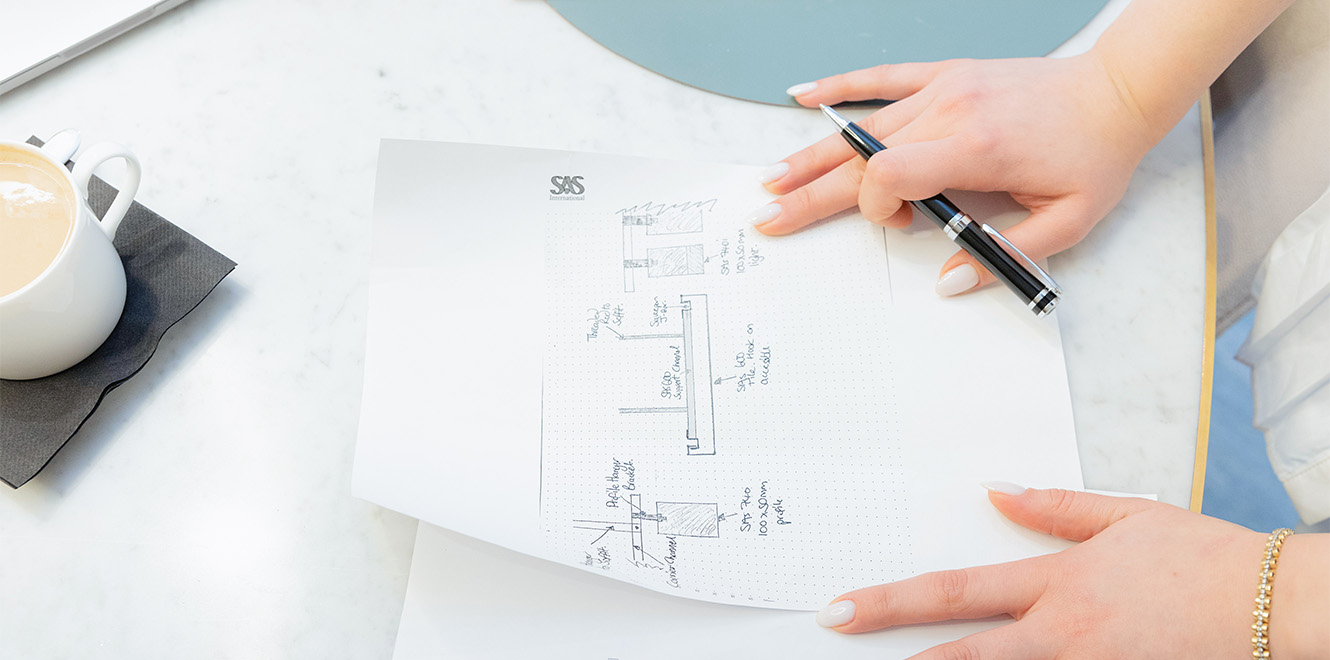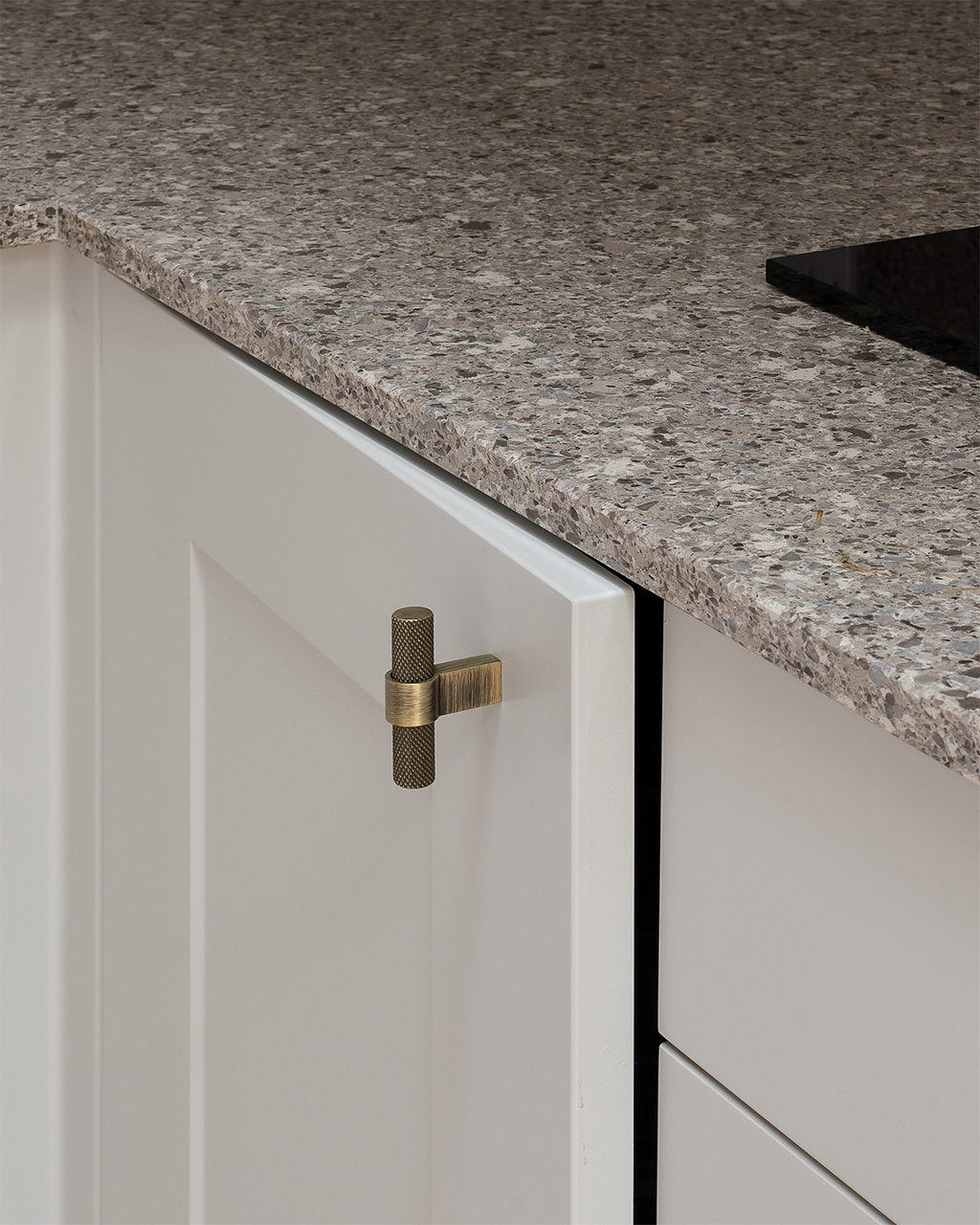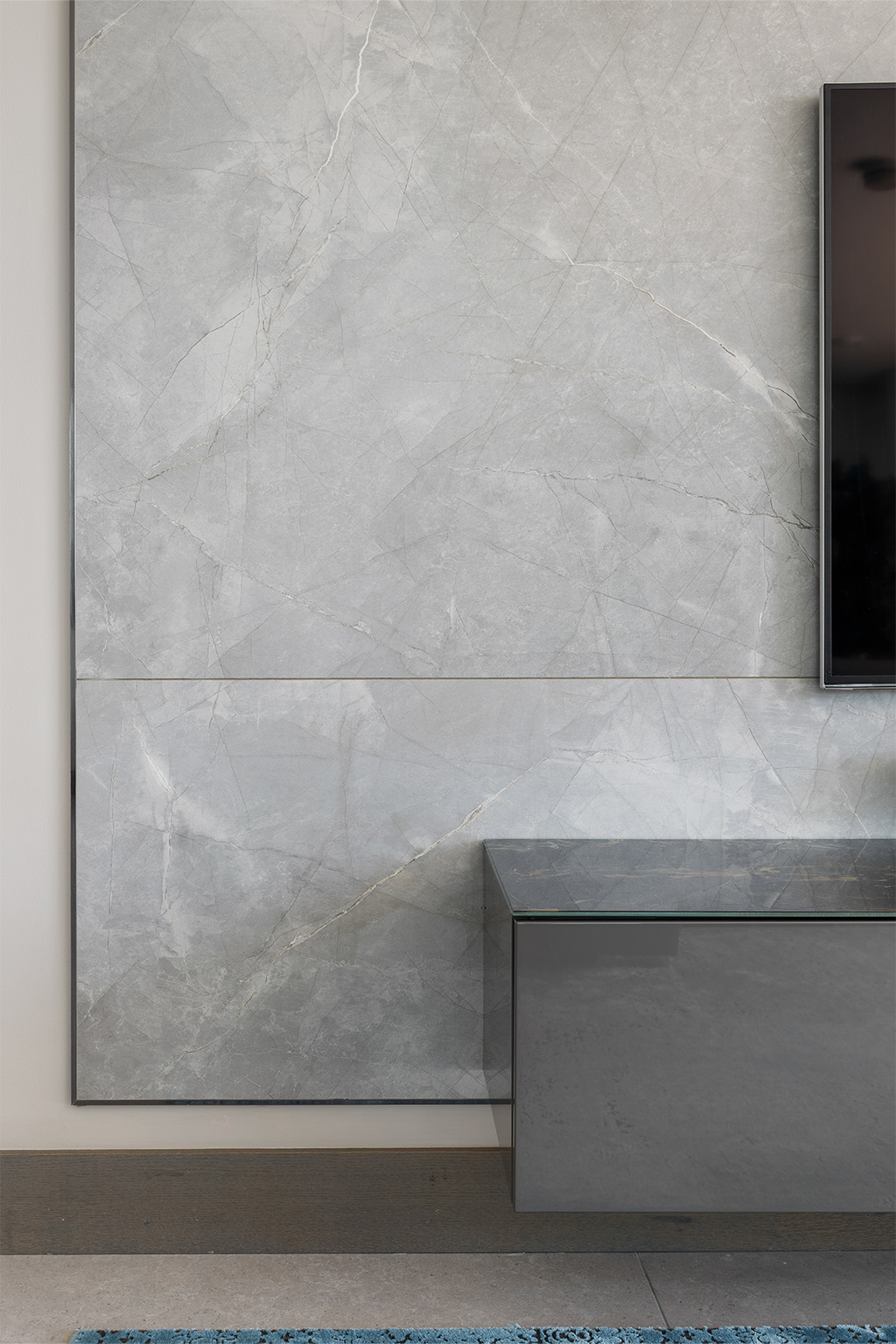
You might have come across the phrase “value engineering” and wondered what it exactly entails. Is it merely a trendy term, or does it have substantial significance?
Simply put, value engineering refers to a method used in the design phase that focuses on enhancing the project's quality and functionality while balancing costs or adhering to a specific budget.
While we appreciate that IRIV DESIGN is known as a luxury interior designer in London, we take pride in being sought-after for our expertise in “value engineered luxury.”
This concept may seem paradoxical at first, but we assert that luxury isn't just about extravagant spending on high-end brands, products, and materials. It's about making wise choices and using quality products that may not necessarily be the most expensive, but are durable, sustainable, and maintain their appearance with minimal upkeep over time.
In the realm of interior upgrades and renovations, value engineering plays a vital role. This blog will guide you through its intricacies, emphasizing how a knowledgeable designer can align this method with your goals.

What is value engineering in interior design and architecture?
The term "value engineering" often gets a bad rap, especially among architects and interior designers. To some, it sounds like all the joy, beauty, and creativity will be stripped away just to meet a low-budget target.
But that's simply not true. Value engineering isn't about cutting corners or sacrificing quality. It's about being smart and sustainable, holding onto what works, and cutting out the fluff and unnecessary expenses that don't really add anything. Think of it as being more flexible and clever in finding cost-effective solutions. Essentially, it's about fine-tuning the plan to get the best value.
Experienced architects and designers know the ins and outs of construction materials and how to creatively solve problems. They can come at a challenge from different angles, often saving you money in the process. And that's something our clients at IRIV DESIGN appreciate.
We've worked with numerous clients, helping them hit their style goals without blowing the budget. How? By thinking creatively. Whether it's repurposing existing elements, supporting local manufacturers, leveraging the latest technology, or shopping smart during big design sales and clearances, we know how to make a space look fantastic without breaking the bank.

Incorporating Value Engineering in Residential Interior Design
When it comes to residential projects, value engineering is not just a budget-friendly tactic; it’s a responsible and logical approach that even works when the budget isn’t the primary concern. We apply this strategy as a standard practice because it's not just sensible financially, but it also reflects a commitment to the environment.
Here are some of the essential aspects to consider in a home renovation:
1. Optimize Existing Layout:
Shuffling the entire original layout without considering existing structures or plumbing can lead to avoidable costs and complications. Though starting with a clean slate may seem ideal, a skilled professional will seek alternatives that work with what's already there, making changes only when necessary to enhance the property's overall quality and flow.

2. Embrace Re-use & Repair:
Removing almost-new flooring or joinery items simply for a minor aesthetic update is neither cost-effective nor sustainable. Construction demolition contributes significantly to pollution, and not all materials are recyclable. Instead of discarding items in good condition, why not integrate them into the new design? After all, beauty often lies in variety and eclecticism.
3. Responsible Material Selection:
Imagine falling in love with a kitchen worktop stone that turns out to be exorbitantly expensive due to its origin and shipping costs. Is it truly necessary? A bit of research and local sourcing might reveal a more affordable, environmentally friendly alternative that achieves the same effect without compromising on quality.

4. Invest in Essentials:
Value engineering is about strategic investment, not merely cutting costs. Certain areas, like structure, plumbing, and electricity, demand investment in skilled professionals. While this might mean paying a premium, it ensures that essential components are handled by qualified and knowledgeable individuals.
5. Sustainability:
Taking into consideration the environment is an intrinsic part of value engineering. By choosing locally sourced materials, reusing existing elements, and minimizing waste, you're not just saving money; you're also contributing to a more sustainable future.

Applying Value Engineering in Commercial Fit-Out Projects
Maximize Your Base Build: Similar to residential endeavors, it's often best to work with what you already have, transforming it into the best possible version. Although existing layouts might not always meet your business's needs, that doesn't mean a complete overhaul is required. Experimenting with different options and variations can be enjoyable, and it encourages innovative thinking.
Choose Suitable Products: Selecting the right product for the right space cannot be stressed enough. Aesthetic appeal and price aren't the only considerations when selecting finishes; it's vital to consider the future use of the space, estimated traffic, durability, and whether the chosen materials will stand the test of time. As previously mentioned, value engineering isn't merely about cost savings but making the most optimal choices.
Embrace Contemporary Trends: Lately, there's been a rising trend towards interiors that appear more raw, real, and industrial, rather than overly "polished." Many find this style appealing, and it includes features like exposed ceilings, brick or concrete finishes, rustic elements, and eclectic spaces. Many designers are adopting this style. If you can save money by leaving certain elements in their natural state and integrating them with the rest of the design, it's a win-win situation. The finished product will feel more organic and spontaneous.

Incorporate Signature Feature Elements: Good design doesn't necessarily mean constructing intricate, detail-heavy interiors that resemble computer-generated imagery (CGI). The best interiors feel genuine, pleasant, and natural. Why overcomplicate the design with costly components that might make it appear artificial or too digital? Why not create something clean and simple, but with signature elements that tell a story? This could include a unique feature wall, recognizable graphics, artwork, pendants, or color schemes. Your brand can still stand out without breaking the bank.
Value engineering is not delivering inferior products. What is it then?
In summary, the essence of value engineering transcends the mere notion of economizing or compromising on quality. Through our experience at IRIV DESIGN in both residential and commercial projects, we've proven that it is a sophisticated approach that promotes more responsible and informed decisions.
Value engineering is about discerning what is essential and what can be optimized, ensuring that the final product reflects not just monetary value, but also ecological responsibility, functionality, and aesthetic harmony. It is a practice that embraces creativity and flexibility, allowing us to produce interiors that are both luxurious and sustainable without unnecessary expenditure.
This philosophy is not about stripping away the essence of design but rather enhancing it. By carefully choosing materials, considering sustainability, reimagining existing structures, and creatively integrating trends and signature elements, we've demonstrated that luxury doesn't have to be synonymous with excess.
